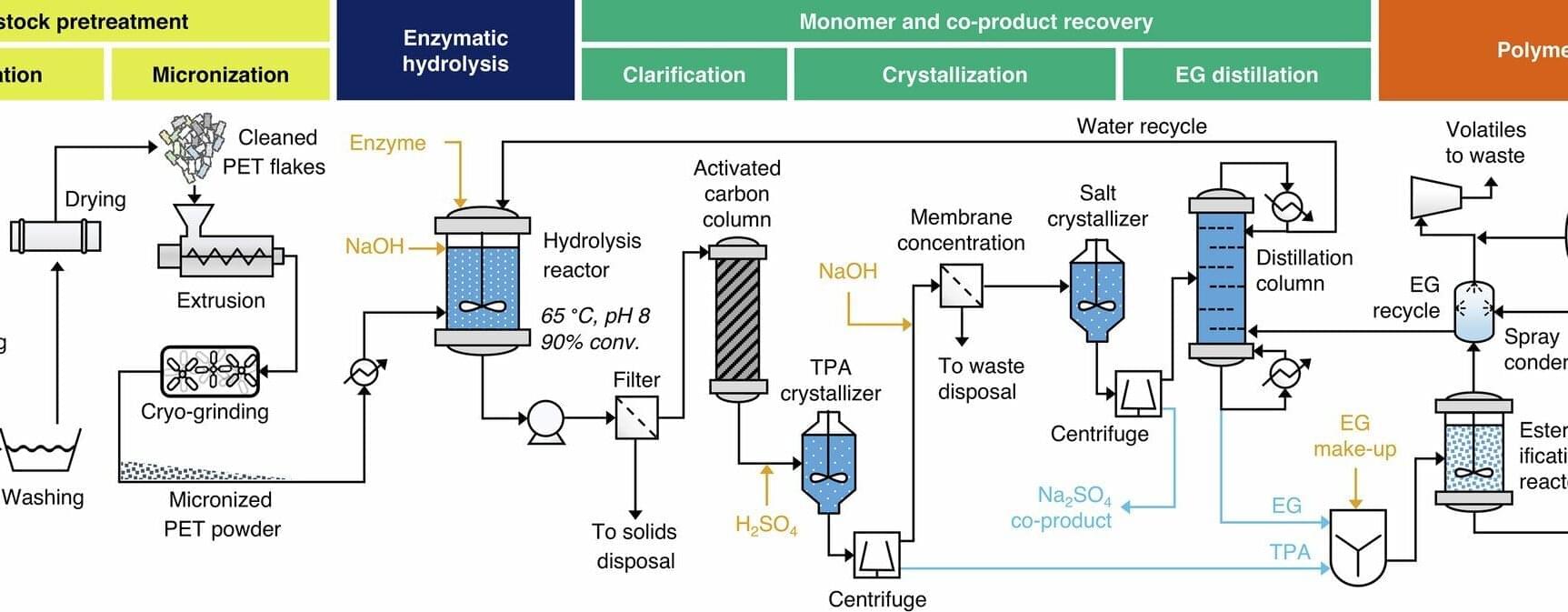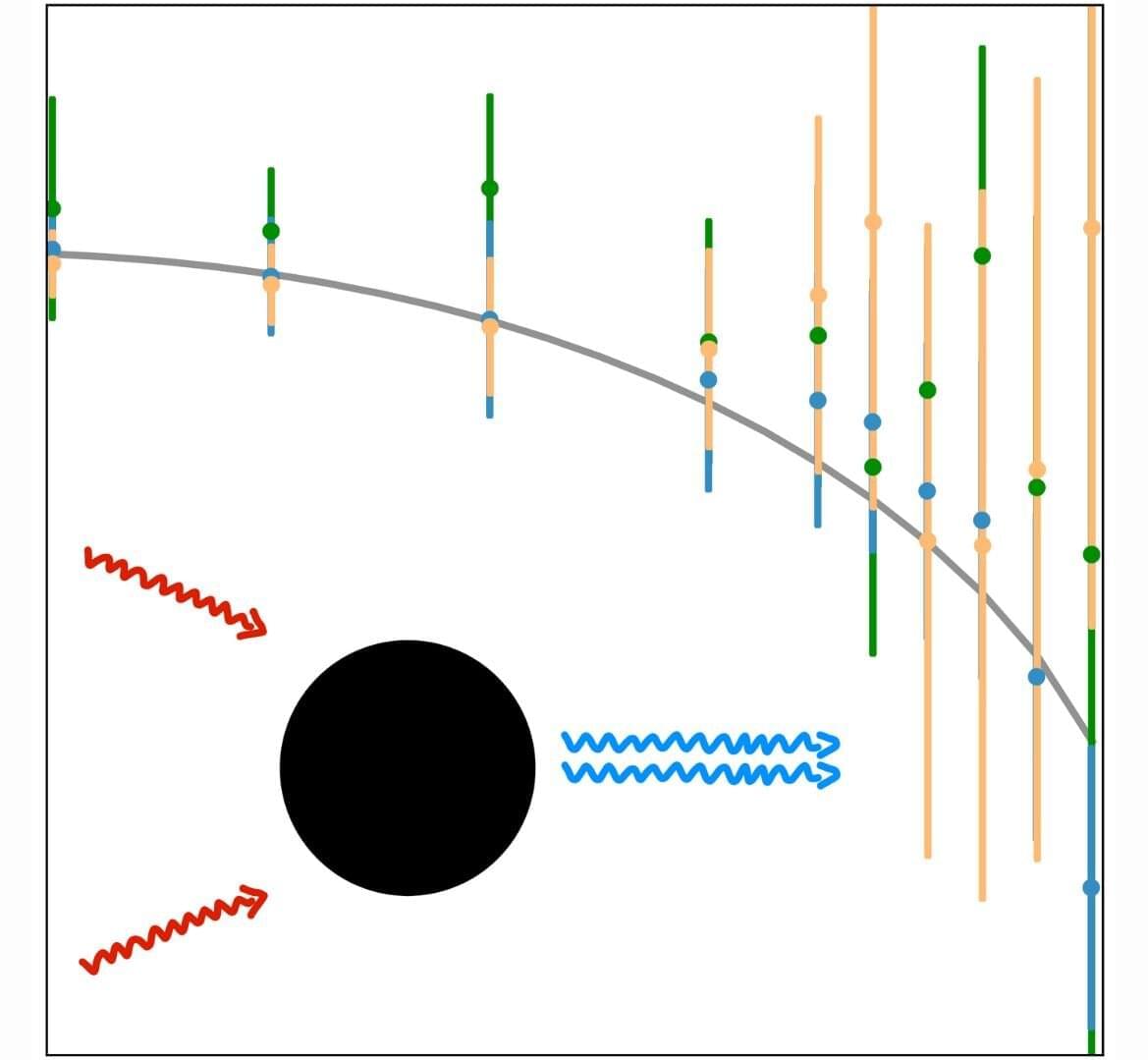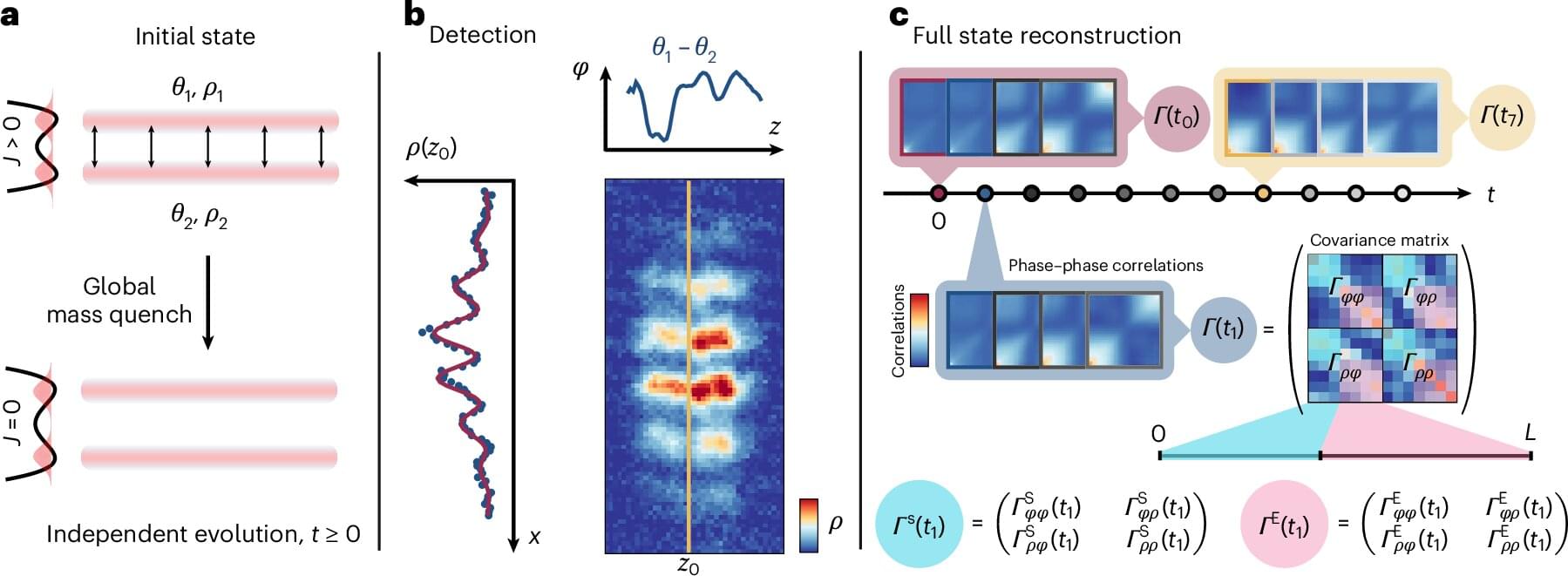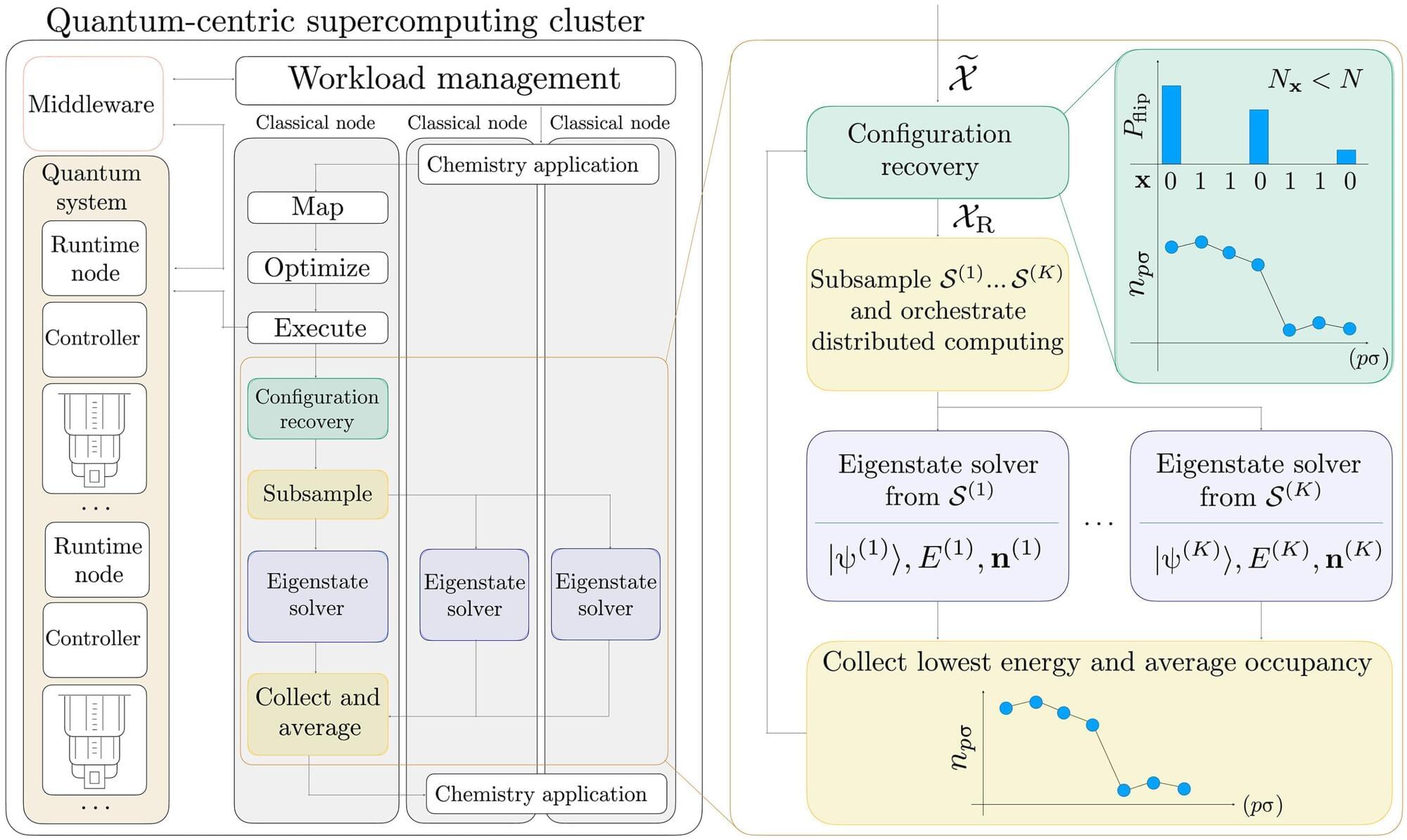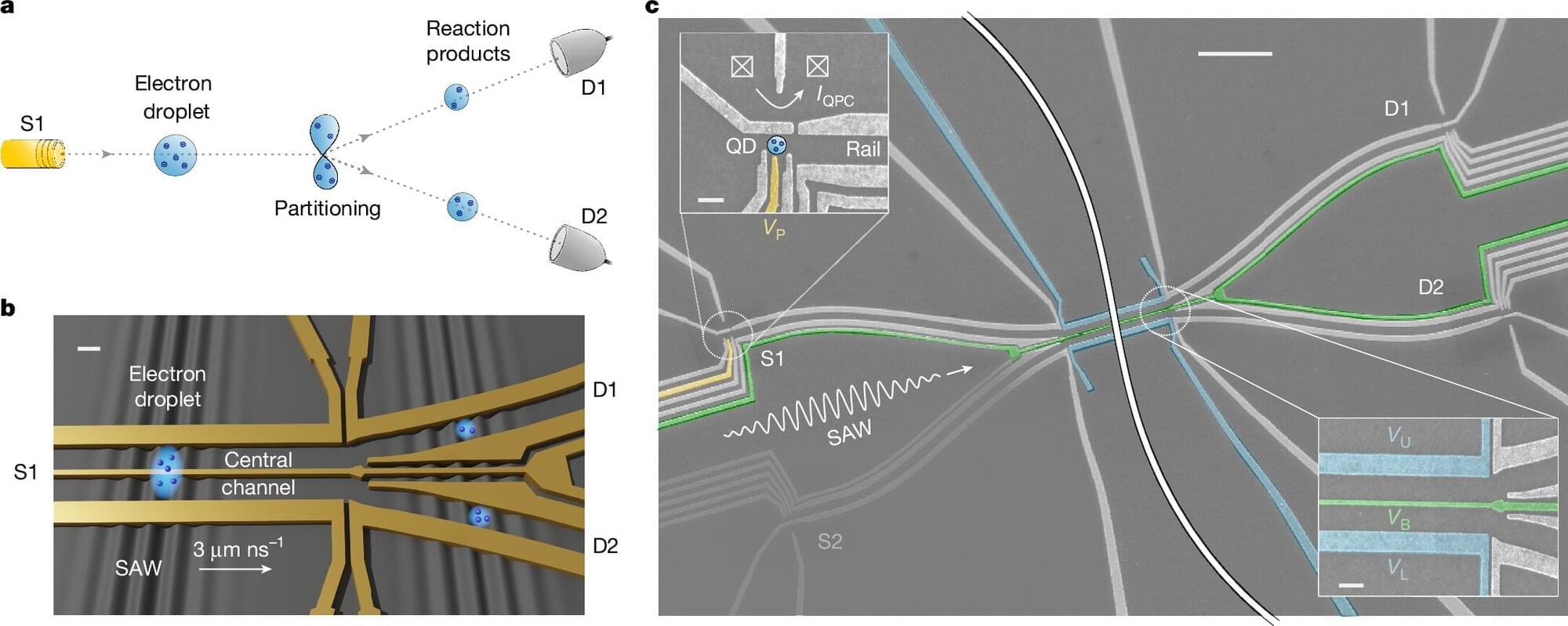Dark matter, although not visible, is believed to make up most of the total mass of the universe. One theory suggests that ultralight dark matter behaves like a continuous wave, which could exert rhythmic forces that are detectable only with ultra-sensitive quantum instrumentation.
New research published in Physical Review Letters and led by Rice University physicist Christopher Tunnell and postdoctoral researcher Dorian Amaral, the study’s first author and lead analyst, sees the first direct search for ultralight dark matter using a magnetically levitated particle.
In collaboration with physicists from Leiden University, the team suspended a microscopic neodymium magnet inside a superconducting enclosure cooled to near absolute zero. The setup was designed to detect subtle oscillations believed to be caused by dark matter waves moving through Earth.

